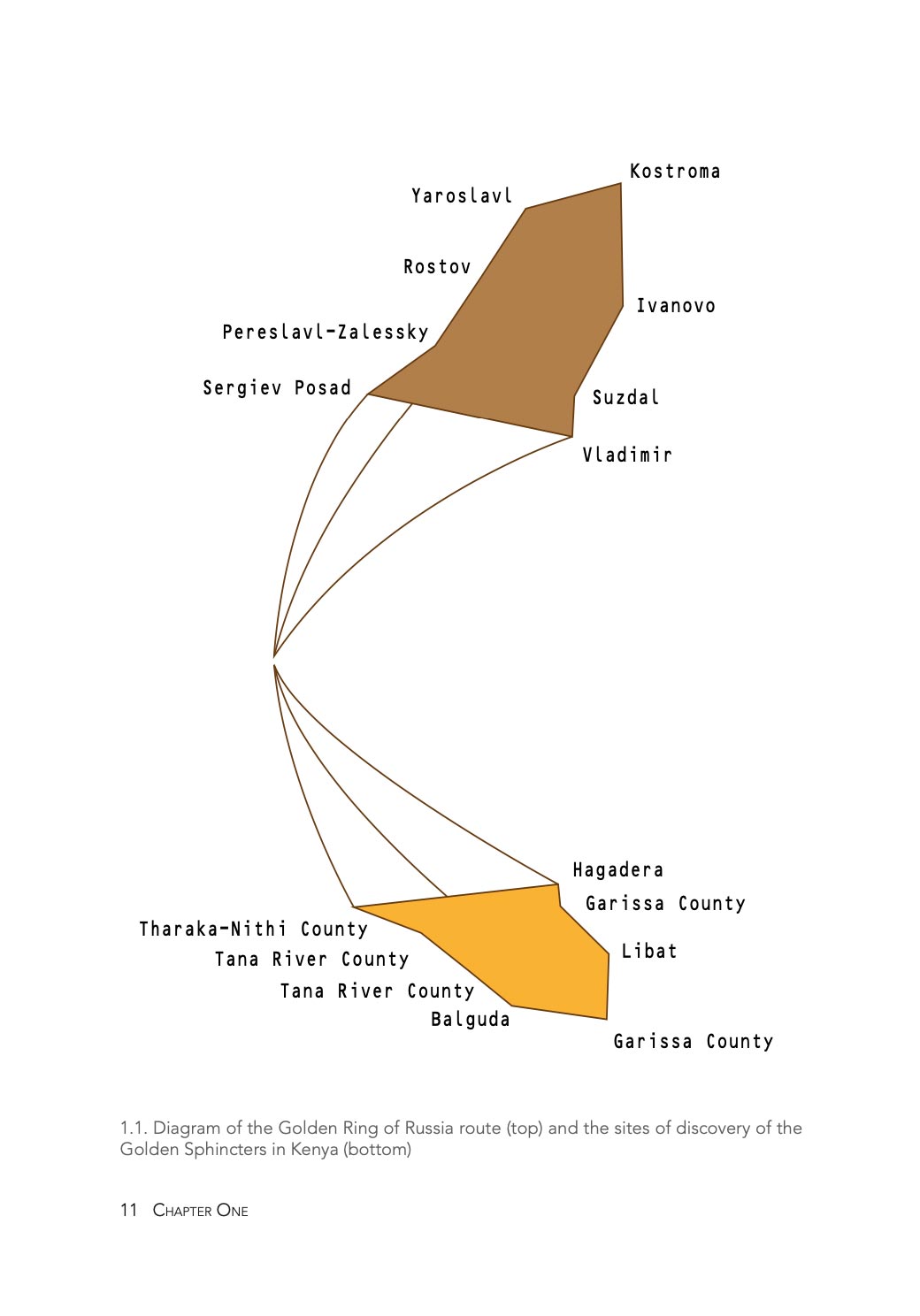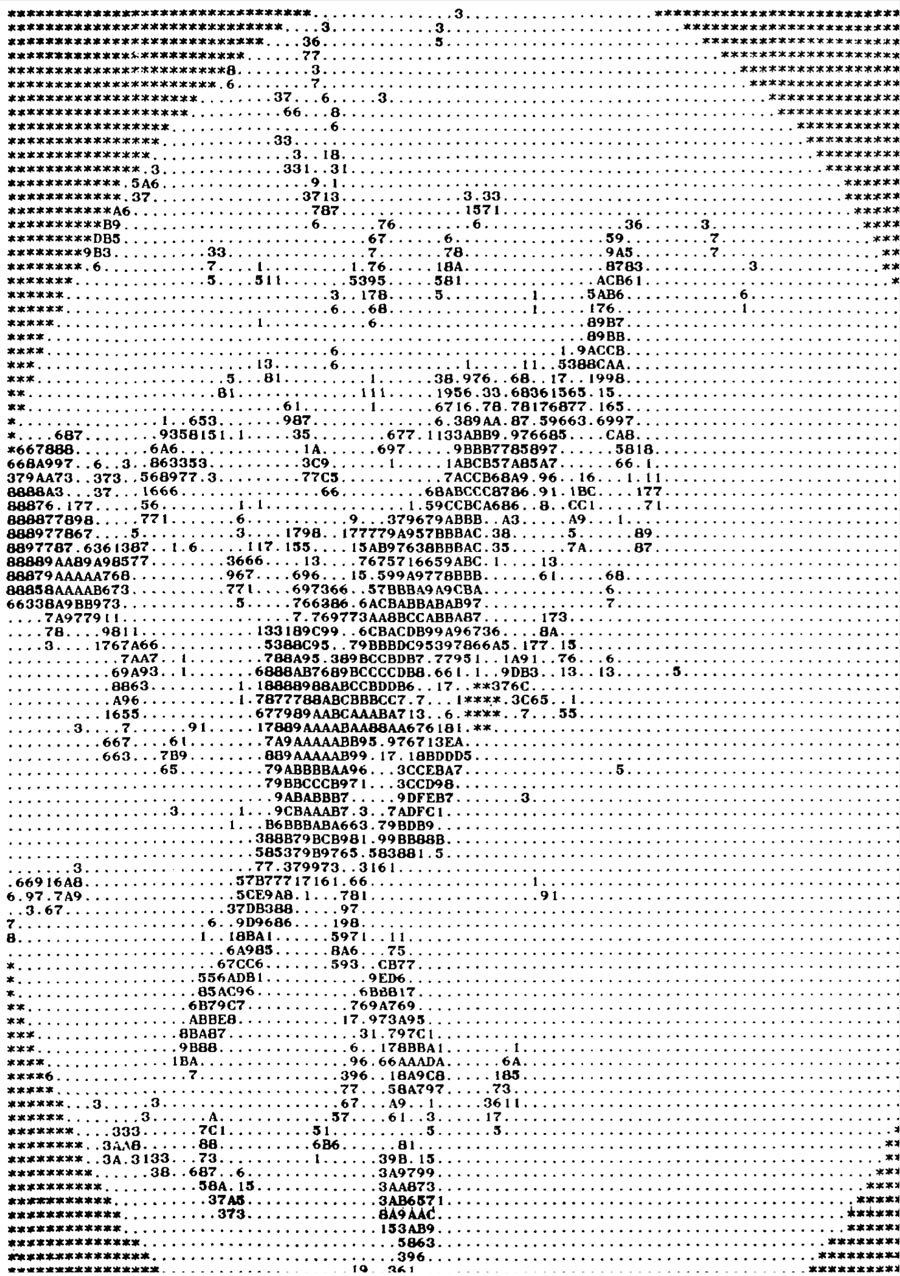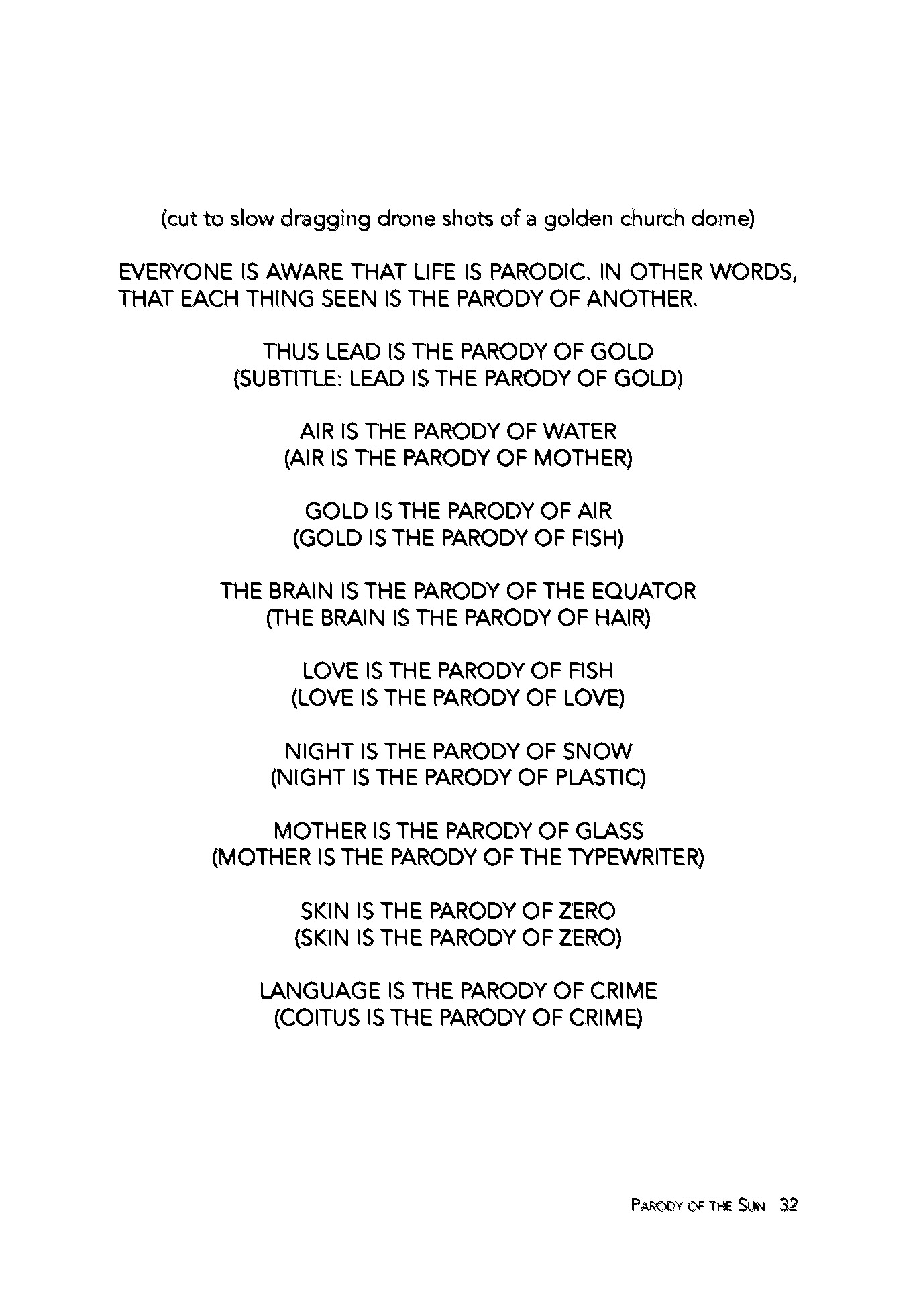Science, religion and fake history collide in this mind-expanding art video
Today, we live in a society saturated with information. What we hear in the news, what we read on social media, what we’ve learned as history all influences the way we see the world. And so, understanding the framework of these stories has become vital to maintaining clarity, to ensuring we know what is real and what is imagined. It’s this language of fact and fiction that forms the main theme of Parody of the Sun, a video work by artist Dasha Loyko.
Parody of the Sun examines Russian cultural heritage and its monolithic myths. Born and raised in Belarus, Loyko grew up aware of the dominance of Russian ideology which loomed large over Belarusian life and society, and which she now playfully scrutinises in her work, alongside themes of imperial desire and nostalgia.
Parody of the Sun fictionalises The Golden Ring, a tourist route created by the Soviet historian Yuri Bychkov in 1967. The narrative running through the film reveals the gesture of re-mapping the Golden Ring onto a region in Kenya that falls on the equator (0°00’00.0”N). It juxtaposes The Golden Ring to the phenomenon of black holes, also incorporating fragments of Georges Bataille’s essay The Solar Anus and Jamie Oliver’s fresh pasta recipe. For Russia Z, Dasha Loyko explains the way she works with history, landscape, and the language of fact and fiction.
“I was thinking of the uncomfortably-close-to-the-state role of the Russian Orthodox Church, the seduction of its glistening golden domes, and the shape of the ring that the route traced. I was thinking a lot about the motion of travelling around in a circle, admiring the dazzling beauty and cultural heritage of a power structure that not only intrudes on everyday life in Russia but ripples out into neighbouring countries in its sphere of influence.”
“I have a soft spot for geometry and physics. Thinking about the circular motion of travelling through the Golden Ring and the concentration of aesthetic, pious, economic energy bottled up under these golden church-domes made me think of an almost centrifugal tension that the network builds up. I wanted there to be some kind of a release, a puncture. The whole arrangement made me think of E=MC2 and of the geometry of black holes: of the relationship between mass, energy, and speed, and what happens when things intensify, accelerate, become denser.”
“I am interested in the mechanism of knowledge-formation, and the desire for epistemic authority. In the case of the parallel between the Golden Ring and black holes that I use in the work, I wanted to look at two different myth systems that both succeed at aesthetic and spiritual seduction, and explore how a hybrid of the two could function.”



“I am interested in the fictions that are inherent and necessary to the construction of a hypothesis, in the process of scientific myth-making. And I don’t mean myth as something untrue or unreliable. Instead, I think of myth as a tool for survival, a story that helps make sense of and navigate the world.”
“I was of course also thinking of the Russian Cosmists, a scientific-philosophical movement of the 19th-20th centuries that Boris Groys has written a lot about, and the recent trilogy of films by Anton Vidokle about the movement. The key concern of the Russian Cosmists was to achieve immortality, and I was particularly drawn to their practical approach: trying to develop a machine that would capture and direct the energy from the sun in such a way as to resurrect the dead.”
“My focus is on stories as a tool for living and thinking, so instead of asking questions like ‘is it true?’, ‘is it accurate?, in my work I am more concerned with what facts serve, how language is used, what shapes and gestures they draw, what fairytales and habits they borrow from, and what happens if these variables are changed, reshuffled, restructured.”